Welcome to Saturday Sparks! This week, we’re saddling up for an adventure that blends the thrill of nature with the special bond between horse and rider, horseback riding. From trotting through meadows and galloping along winding trails to learning the ropes of equestrian sports, this activity offers a unique way to explore the outdoors, connect with animals, and challenge yourself both physically and mentally.
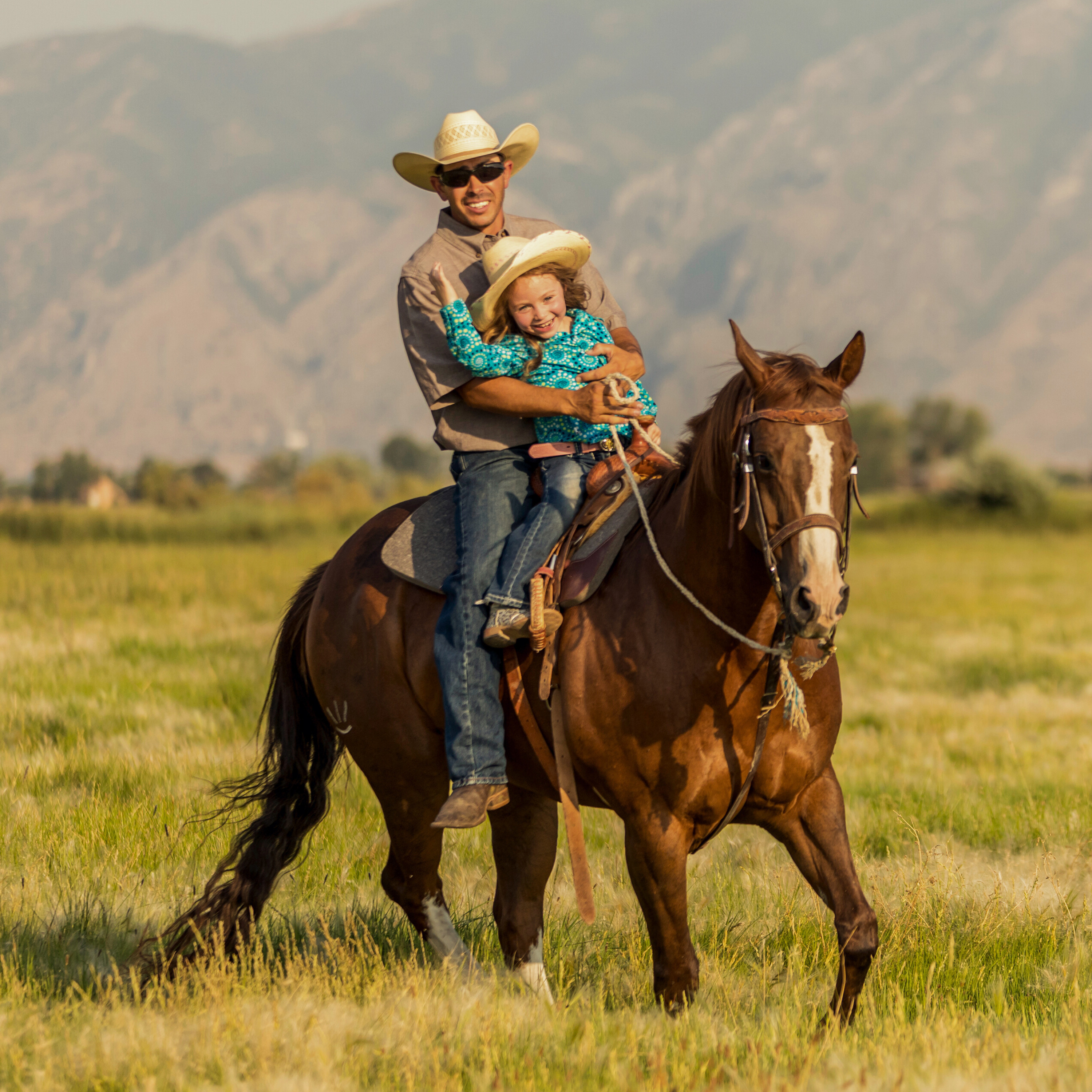
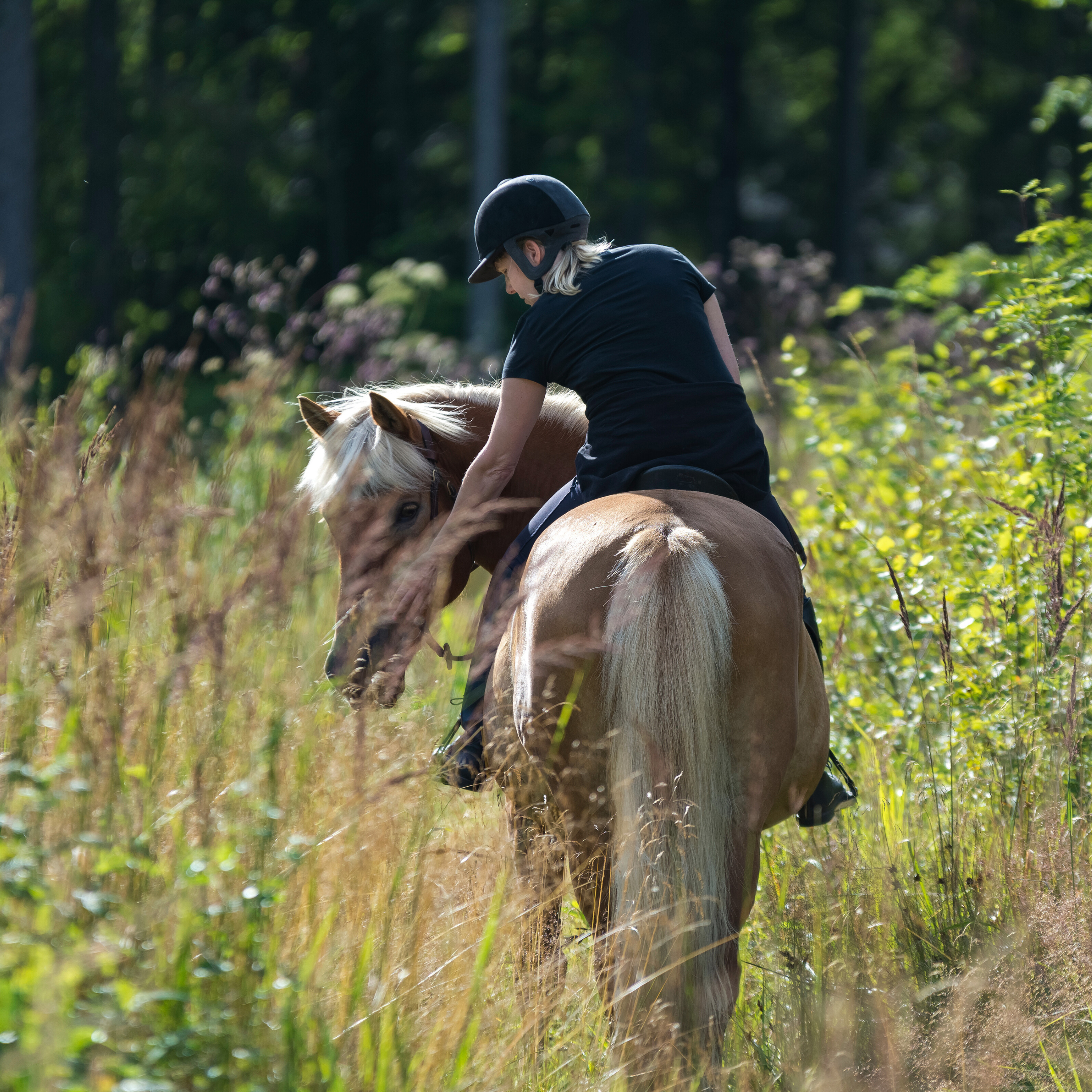
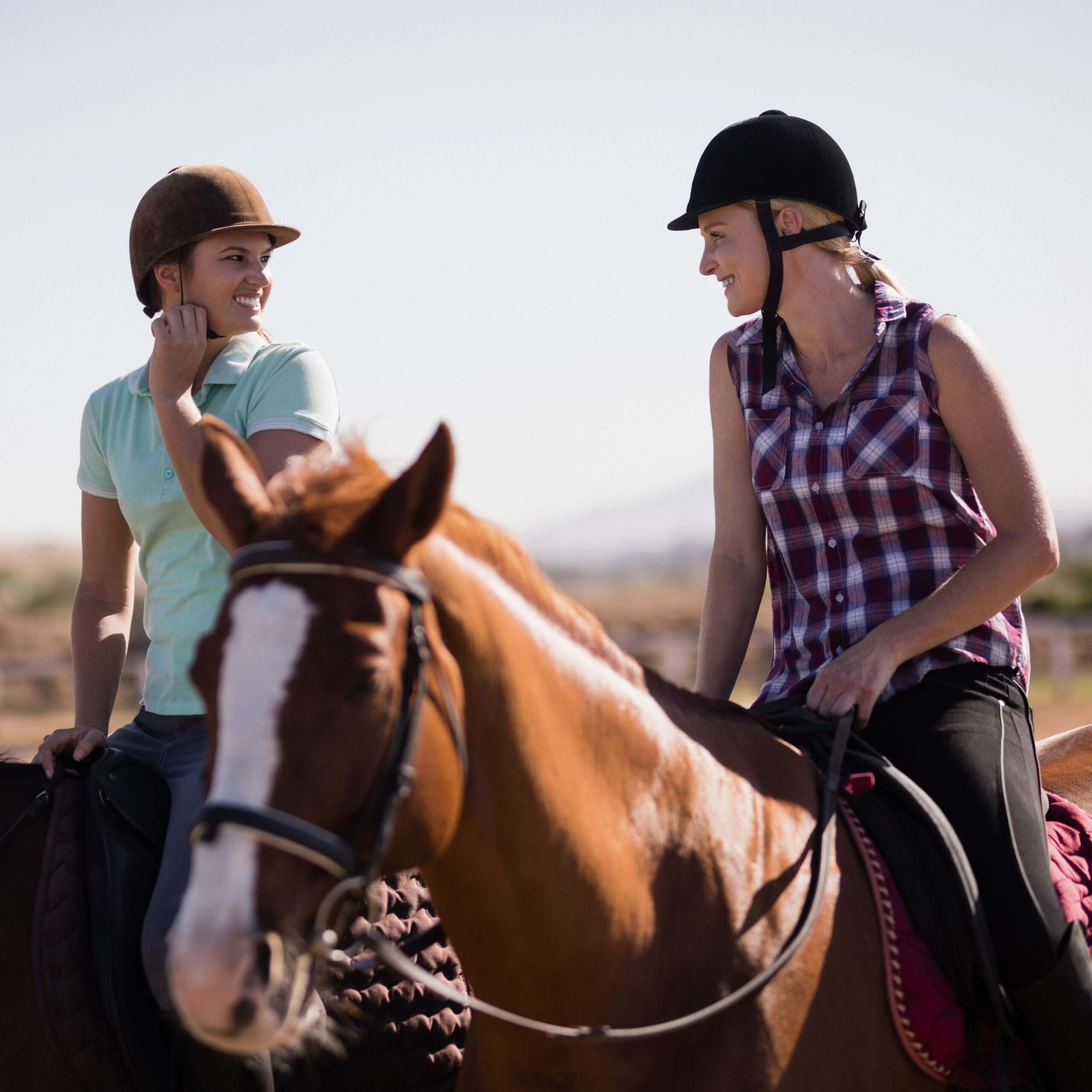
Few pastimes capture the balance of adventure, calm, and connection quite like time horseback riding. Whether you’re a beginner practicing the basics in an arena or a seasoned rider out on the open trail, horseback riding invites you to experience movement, mindfulness, and companionship in harmony with one of the world’s most remarkable animals.
Horseback Riding Description
Horseback riding, or equestrianism, is the practice of riding, driving, or working with horses for recreation, sport, therapy, or utility. At its most basic level, riding involves guiding a horse through coordinated use of the reins, legs, seat, and body position. A rider’s balance and posture communicate subtle cues that signal direction, speed, and movement.
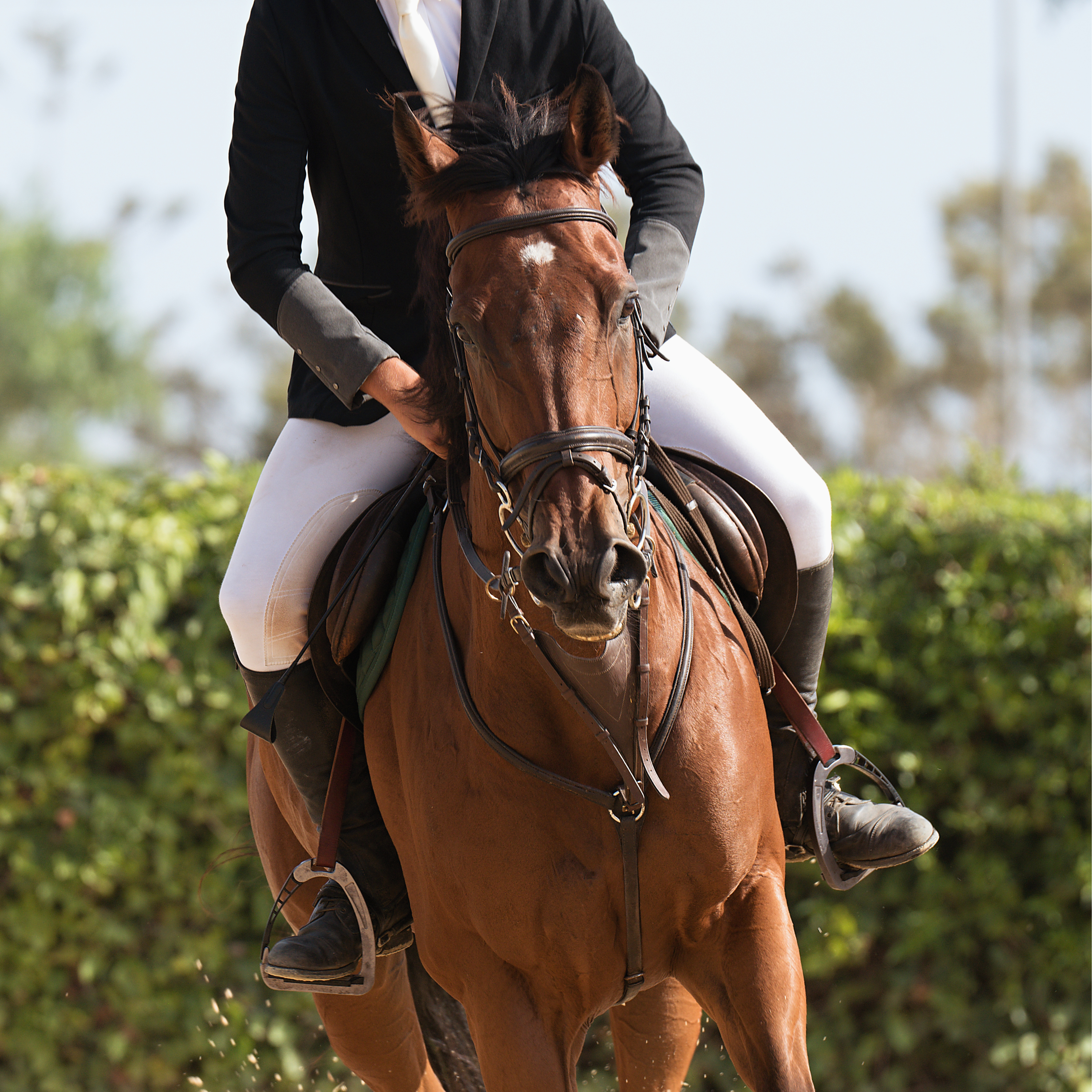
Saddles and bridles are the most common equipment for stability and control, though bareback riding (without a saddle), is also a recognized practice.
Equestrianism encompasses a wide range of disciplines.
English riding includes dressage, show jumping, eventing, and arena-based training. These styles emphasize precision, balance, and communication, often showcasing the athleticism of both horse and rider in a competitive setting.
Western riding, rooted in cattle ranching traditions, emphasizes comfort and control for long hours in the saddle, with competitive forms such as barrel racing, reining, and cutting.
Outside of sport, horseback riding also includes trail riding, therapeutic riding programs, mounted patrol work, and eco-tourism activities.
While styles differ, the underlying principles remain consistent: effective riding depends on clear communication between horse and rider, built on trust, respect, and skill.
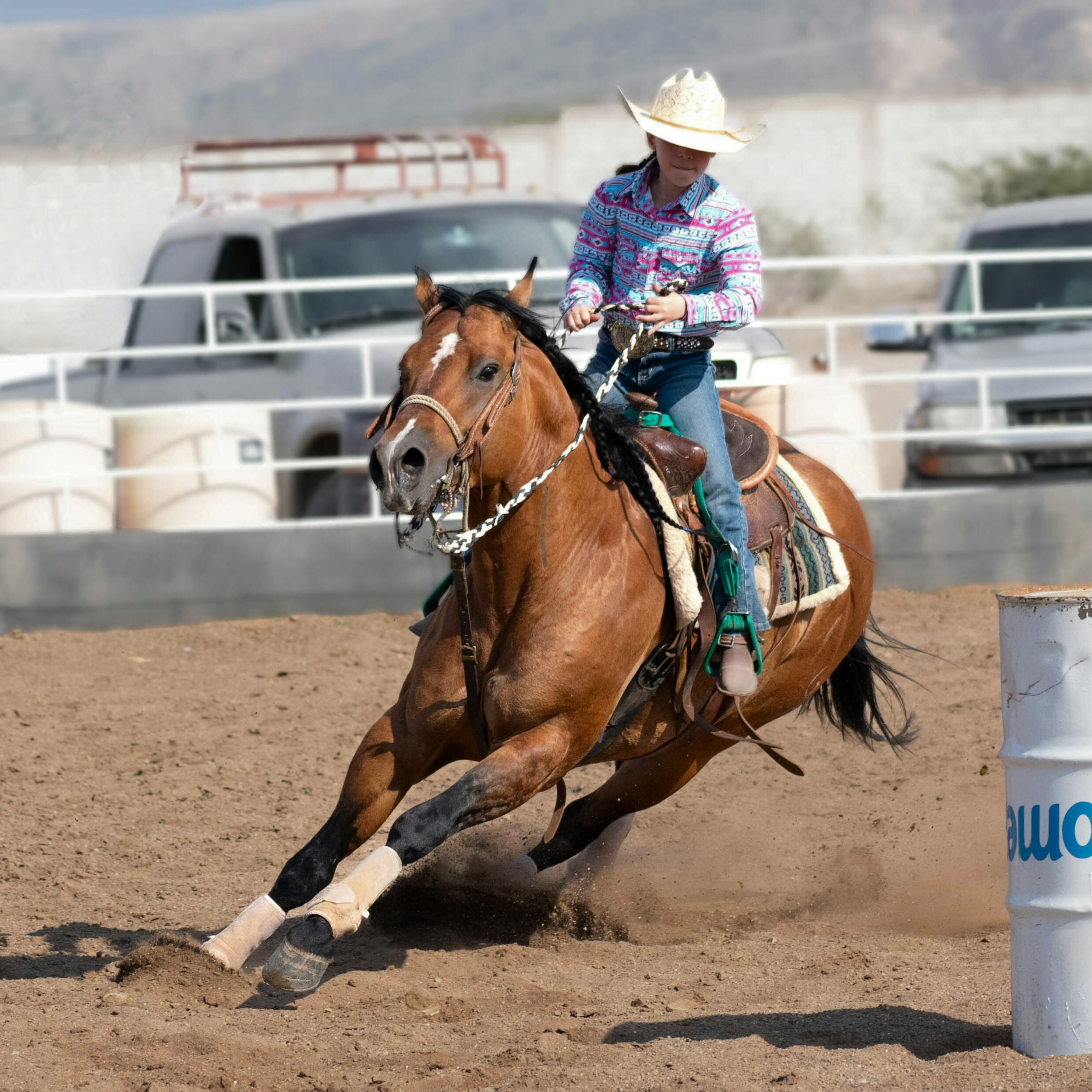
Physically, it requires core strength, coordination, and balance. Mentally, it develops patience, focus, and awareness, as horses are highly responsive to subtle cues and thrive under calm, confident leadership.
The Benefits of Equestrianism
Horseback riding provides a full-body workout. Core muscles are engaged to stay upright in the saddle, legs and hips provide subtle cues for control, and the back and shoulders help maintain posture.
Even at slower paces, these muscles are continuously active, making riding both strengthening and low-impact.
It is also an excellent way to build balance. The horse’s natural movement challenges the rider to constantly adjust their posture and weight, which strengthens coordination and body awareness.
Over time, riders develop a more centered seat and improved stability, skills that carry over into everyday life.
Riding supports cardiovascular health as well. Faster gaits such as trotting, cantering, and galloping raise the heart rate, offering aerobic benefits. Even groundwork like grooming and tacking up adds an element of light physical activity that keeps the body moving.
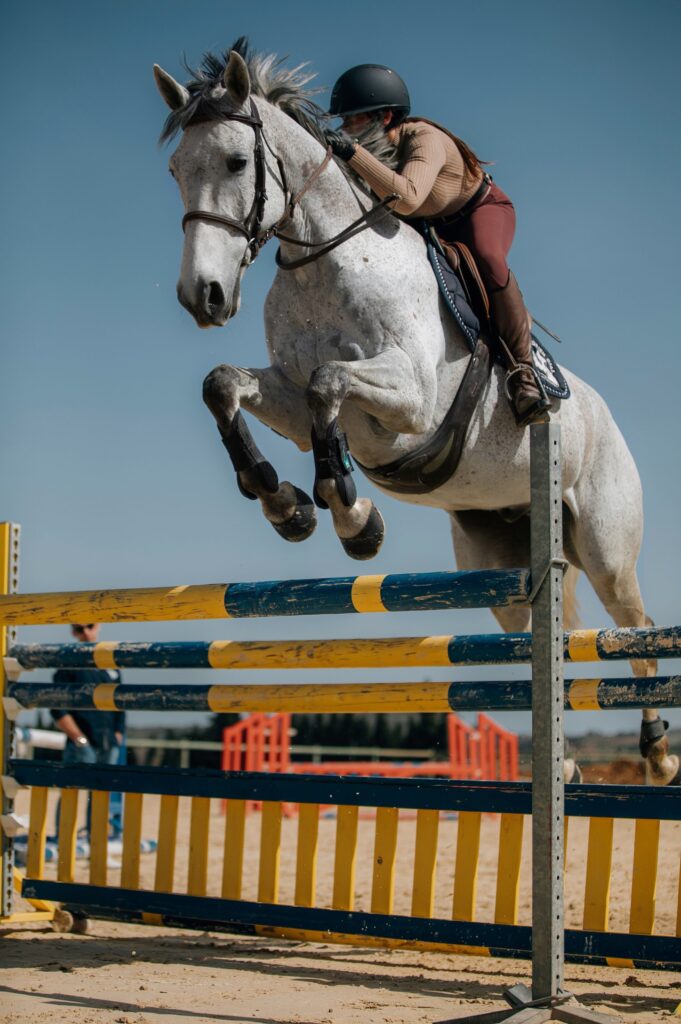
On a mental level, horseback riding sharpens focus. Riders must stay present, managing their own technique while being aware of the horse’s behavior and the environment around them. This combination of attention and responsiveness makes riding a natural exercise in mindfulness.
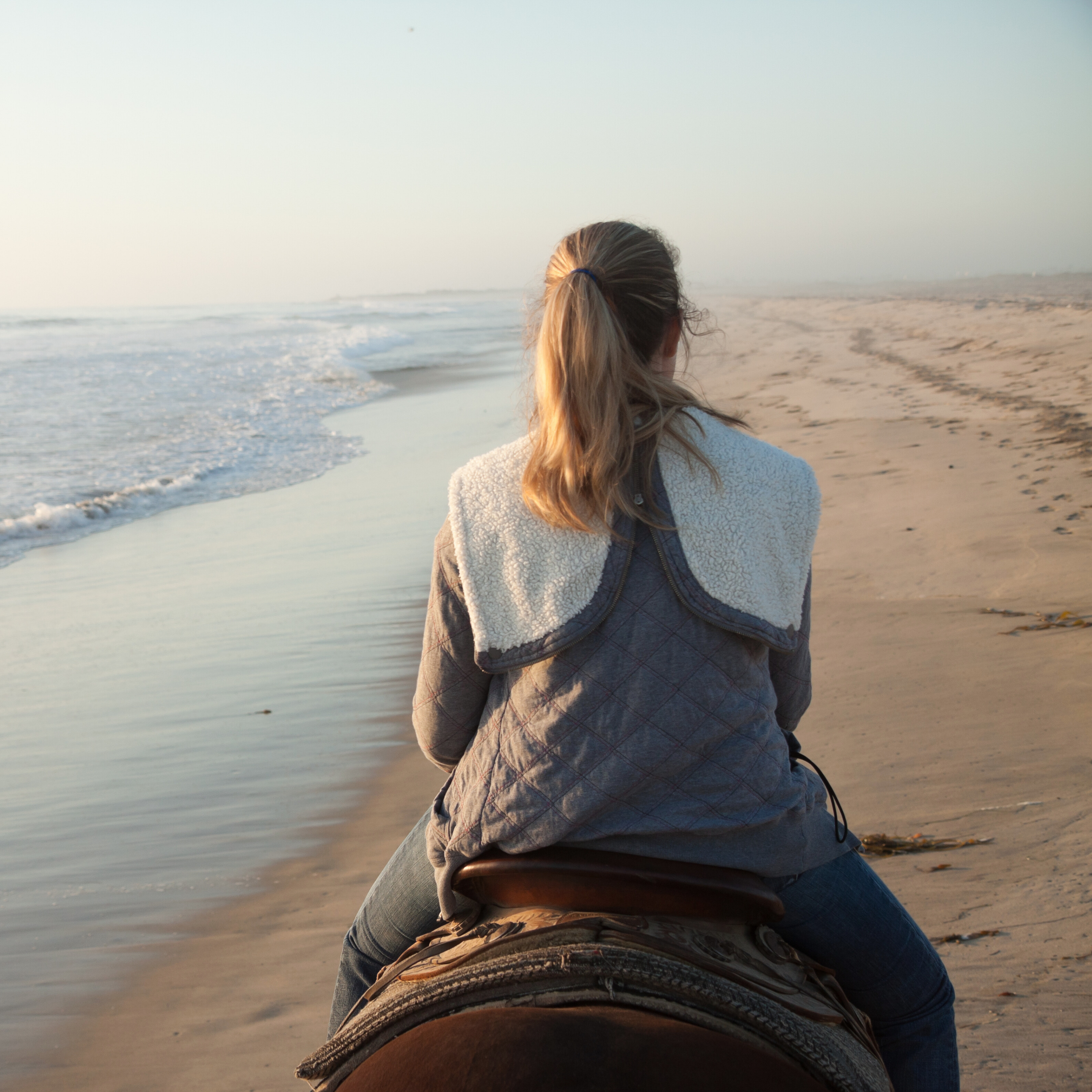
Horseback riding is also deeply relaxing. Many riders describe the rhythm of the horse’s gait as soothing, and the experience of being outdoors in nature adds to the calming effect. The connection with the horse encourages riders to slow down, breathe deeply, and let go of daily stress.
Therapeutic programs also make use of horseback riding. Known as equine-assisted therapy, these programs benefit individuals with physical disabilities, PTSD, anxiety, and developmental challenges. The horse’s steady movement can support motor skills, while the bond formed during riding provides emotional comfort and healing.
Confidence grows with every ride. Guiding a powerful animal successfully, whether mastering a new skill in the arena or completing a trail—creates a sense of accomplishment. Over time, this trust in oneself extends beyond riding and strengthens resilience in other areas of life.
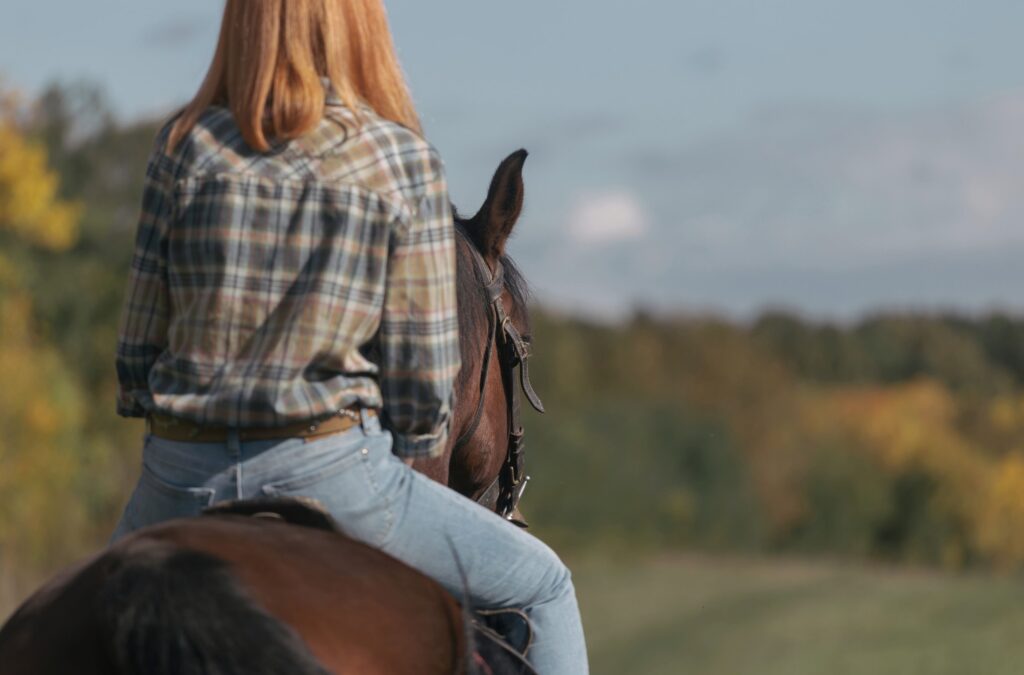
Perhaps most importantly, horseback riding fosters a unique connection with animals. Horses respond not only to physical cues but also to the rider’s energy and presence. Building trust and communication with a horse creates a partnership rooted in respect and mutual understanding.
And of course, it’s fun. Riding combines adventure, variety, and exploration, whether that’s galloping across open fields, navigating wooded trails, or learning new skills in the arena. It’s a hobby that can be as exhilarating or as peaceful as you choose, offering something fresh each time you step into the stirrups.
Getting Started
The first step in horseback riding is finding access to a reliable stable or riding school. Look for a program with experienced instructors, well-cared-for horses, and a safe environment for beginners. Many stables offer introductory lessons designed to help new riders feel comfortable around horses before even getting in the saddle.
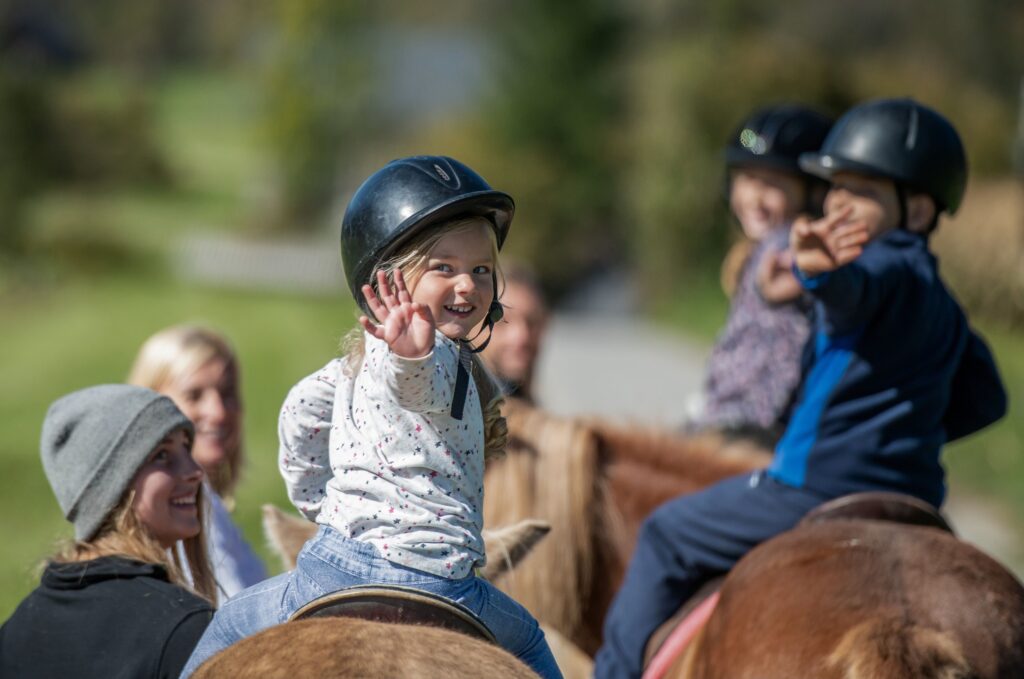
Begin with proper equipment. Most riding schools will provide a saddle, bridle, and other tack, but you’ll need appropriate clothing. Wear long pants to prevent chafing, boots with a small heel to keep your foot secure in the stirrup, and a certified riding helmet for safety. Gloves can also improve grip and prevent blisters.
Start small by learning the basics. Early lessons often focus on how to lead and groom a horse, how to mount and dismount, and how to sit correctly in the saddle.
These foundations build confidence and prepare you for more advanced skills like steering, trotting, and eventually cantering.
Pay attention to communication with the horse. Riding is less about force and more about subtle cues—light pressure from your legs, gentle use of the reins, and shifts in body weight.
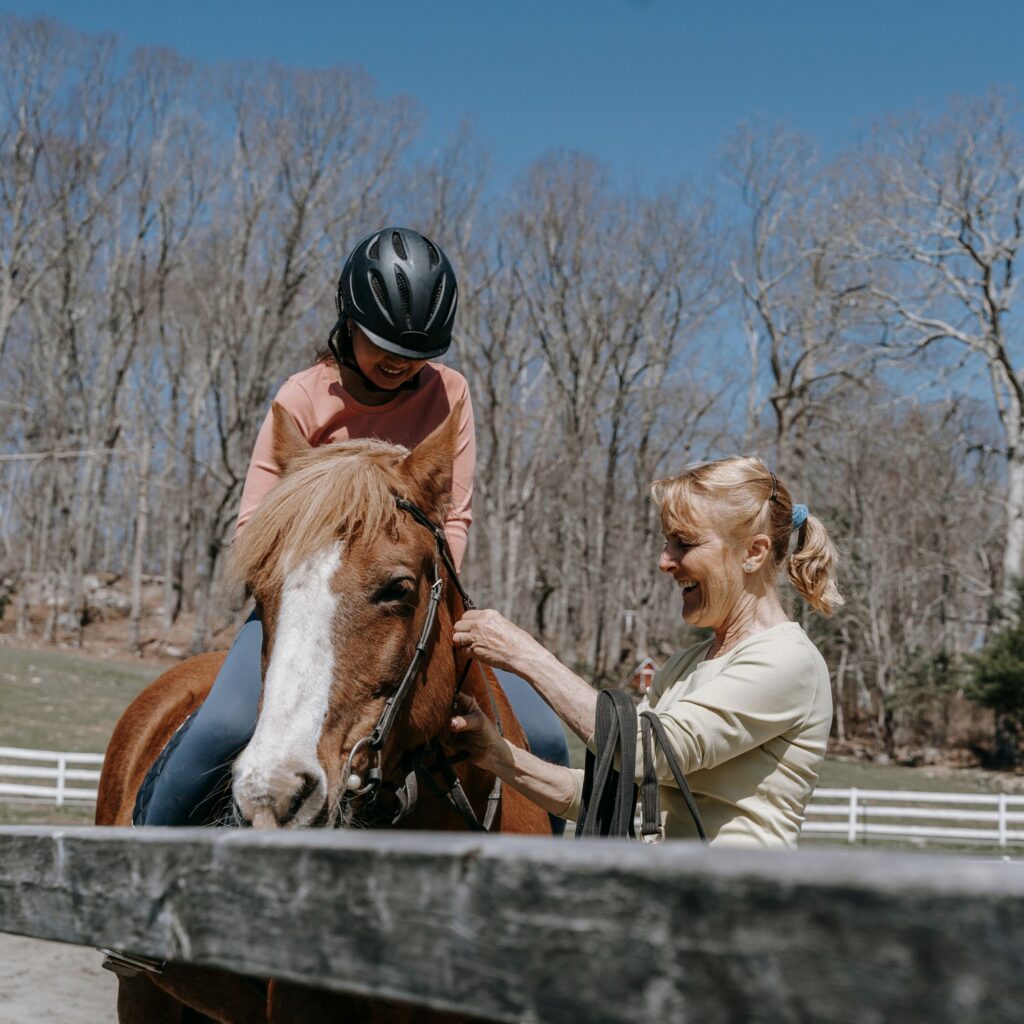
The more consistent and calm you are, the more your horse will respond with trust and cooperation. Riding takes time and patience to master, but steady progress ensures both rider and horse remain safe and comfortable.
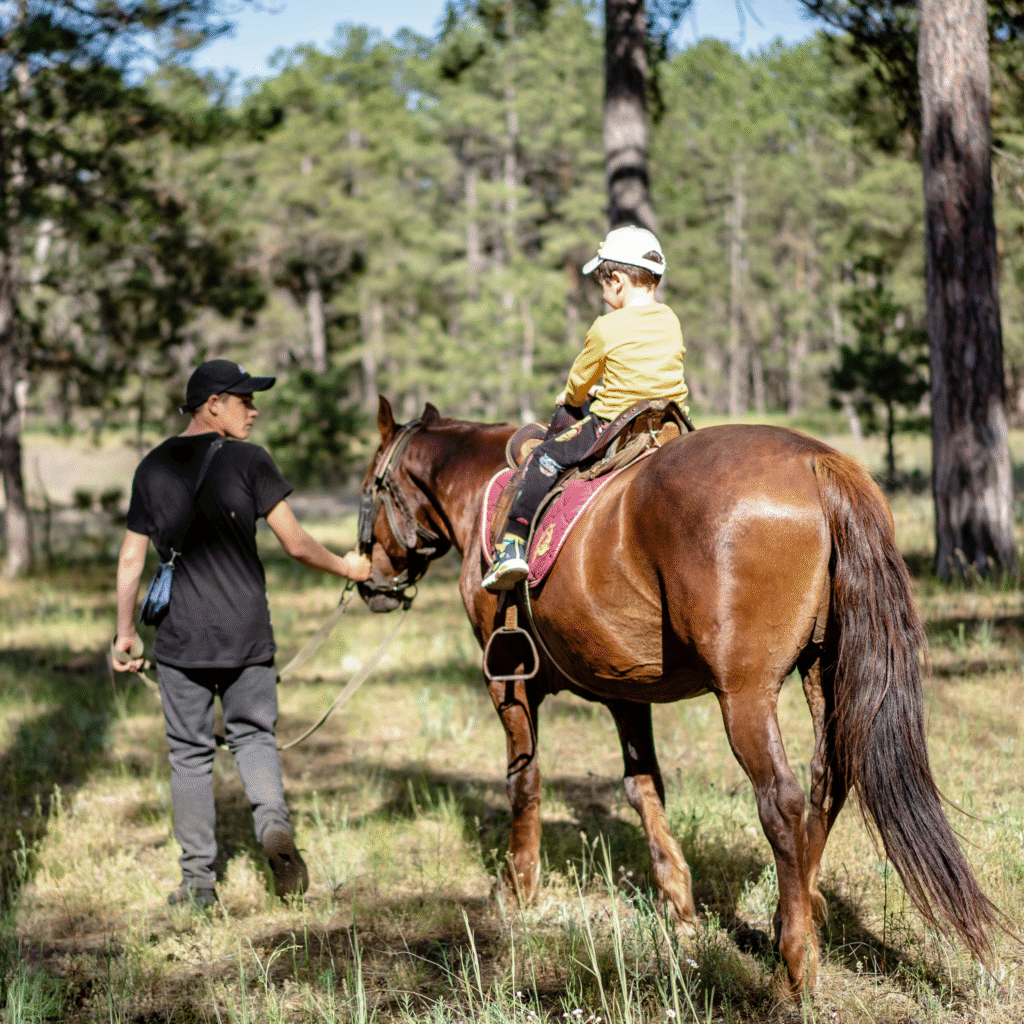
Build your skills gradually. Begin with shorter lessons at slower paces, and progress to faster gaits or trail rides as your confidence increases.
Approach lessons with curiosity and patience, and you’ll discover that progress comes as much from experience as from instruction.
Regular practice helps reinforce muscle memory and strengthens communication with the horse.
Every rider advances at a different pace, so focus on steady progress rather than comparison.
Finally, embrace the learning process. Every horse is different, and each ride teaches something new about balance, timing, and communication.
Resources
Local riding schools and stables are the best place to begin. Many offer structured lesson programs, from beginner basics to advanced training, and provide safe, reliable horses for riders to learn on. Visiting in person can also give you a sense of the instructors’ teaching style and the overall care given to the horses.
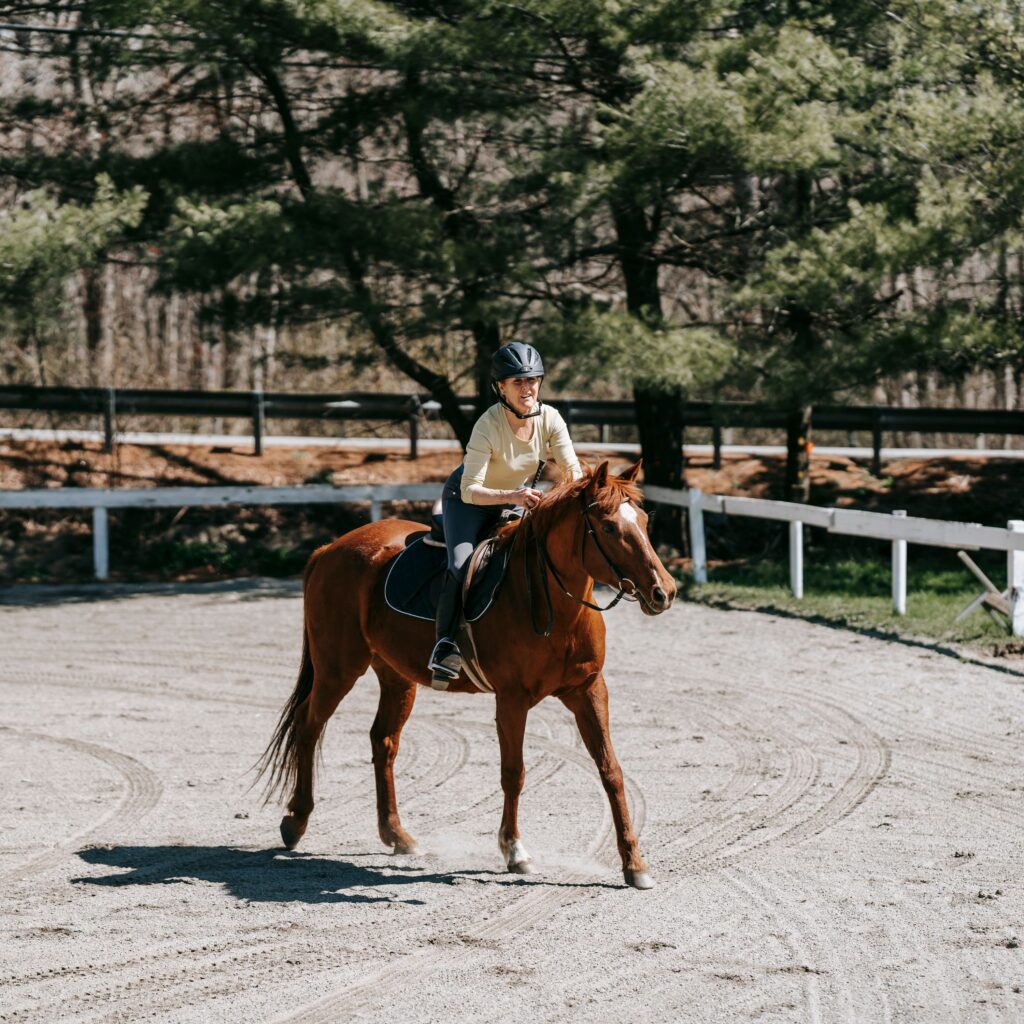
When it comes to gear, you’ll need a few essentials like a riding helmet, boots, and comfortable clothing. These can be purchased at local tack shops, which specialize in equestrian equipment and often provide personal guidance on fit and style.
Larger retailers offer a wide selection of riding apparel, saddles, bridles, grooming kits, and stable supplies. For convenience, online stores also carry beginner-friendly gear. If you’re unsure what to buy, start with the basics, helmet, boots, and gloves, and use equipment provided by your stable until you know which style of riding you’ll pursue.
Equestrian associations and organizations provide additional support. Groups such as local riding clubs, Pony Club chapters, or regional equestrian associations offer clinics, group lessons, and opportunities for riders to connect with others who share their interests.
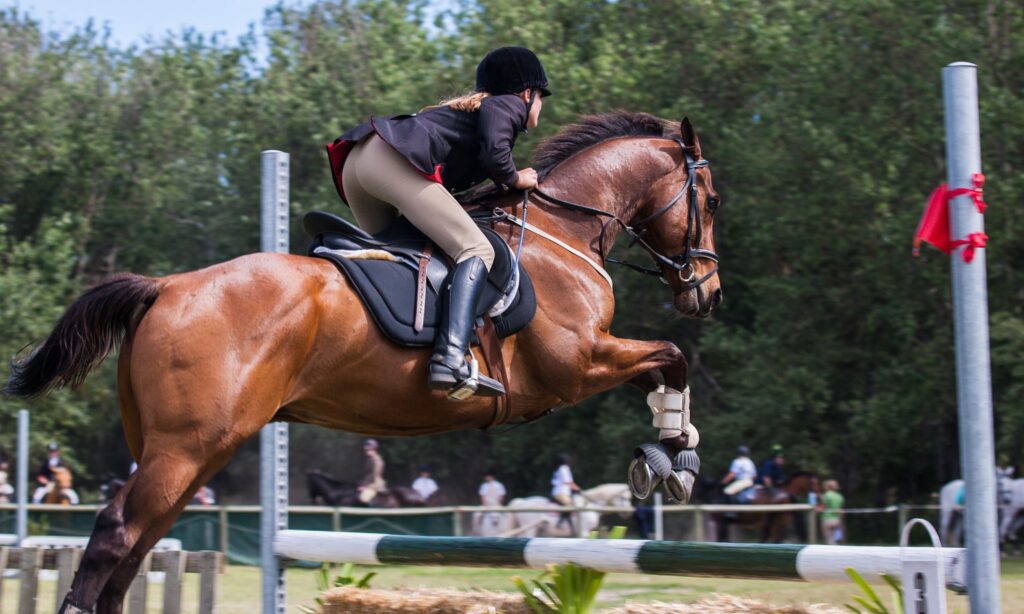
Books and guides on horsemanship are excellent learning tools. Titles that cover groundwork, riding technique, and horse care provide background knowledge that complements hands-on lessons. Many classic equestrian texts remain relevant today and can help deepen your understanding of riding fundamentals.
Technology can also play a role in learning.
Apps that track riding sessions, provide training exercises, or even simulate horse care can help reinforce good habits and monitor progress.
While nothing replaces time in the saddle, these tools can be helpful additions.
Online communities and forums connect riders of all levels. Platforms dedicated to horseback riding offer advice, answer questions, and share experiences.
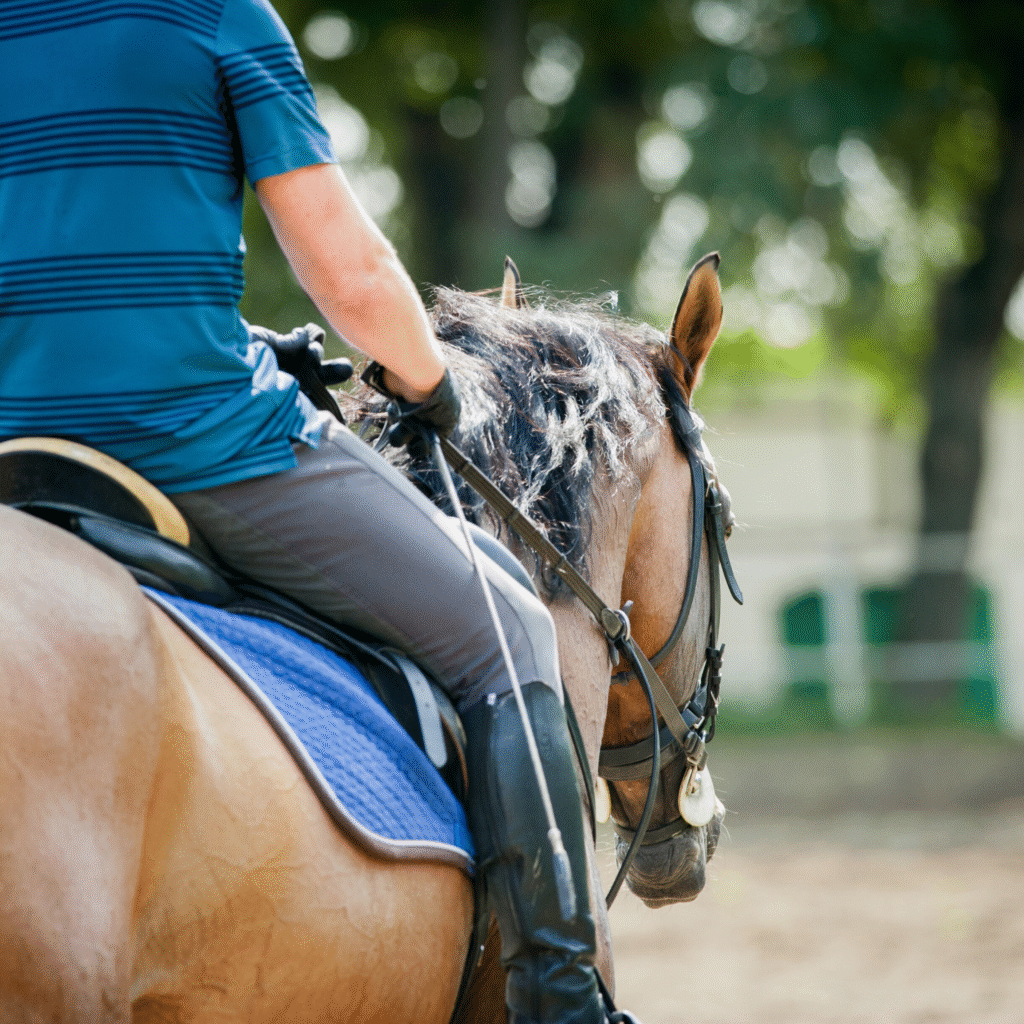
Video tutorials and instructional content on sites like YouTube can also demonstrate riding techniques and training exercises, giving visual context to what you’re learning in lessons.
Safety and Tips
Safety begins with the right gear. A certified riding helmet is the most important piece of equipment, protecting against head injuries in the event of a fall. Sturdy boots with a small heel prevent the foot from slipping through the stirrup, while gloves provide grip and protect your hands from blisters or reins burn.
Always approach horses calmly and with awareness.
Horses are prey animals by nature, which means they can be easily startled by sudden movements or loud noises.
Speak softly, move steadily, and avoid standing directly behind a horse where visibility is limited.
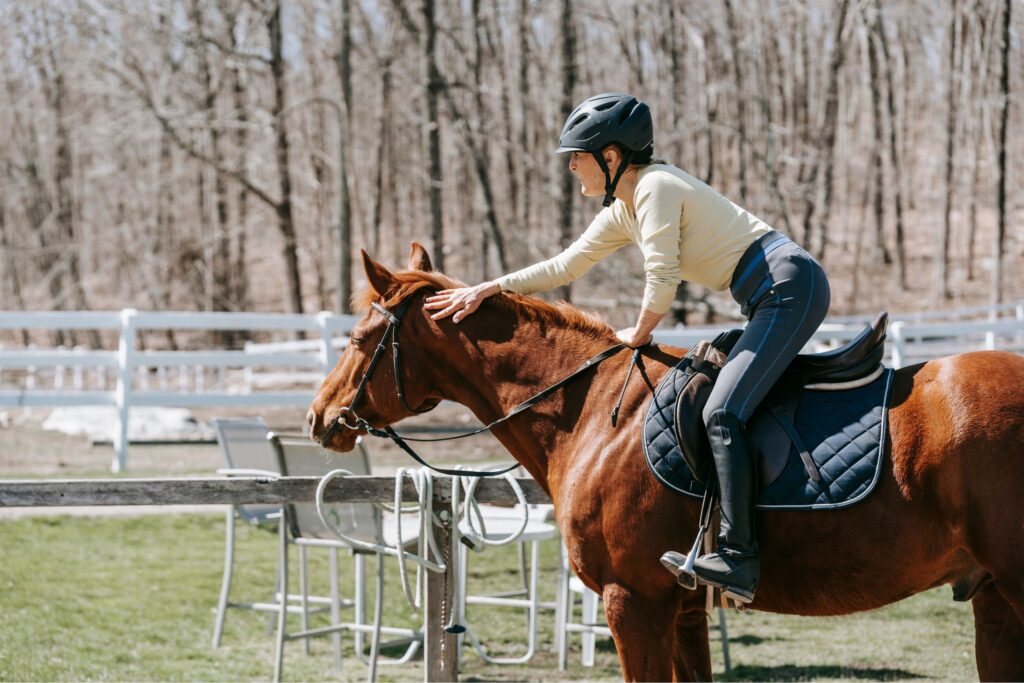
Start slow and progress gradually. Pushing beyond your current skill level too quickly can create unsafe situations for both you and the horse. Build confidence at the walk and trot before moving on to faster gaits or more complex maneuvers.
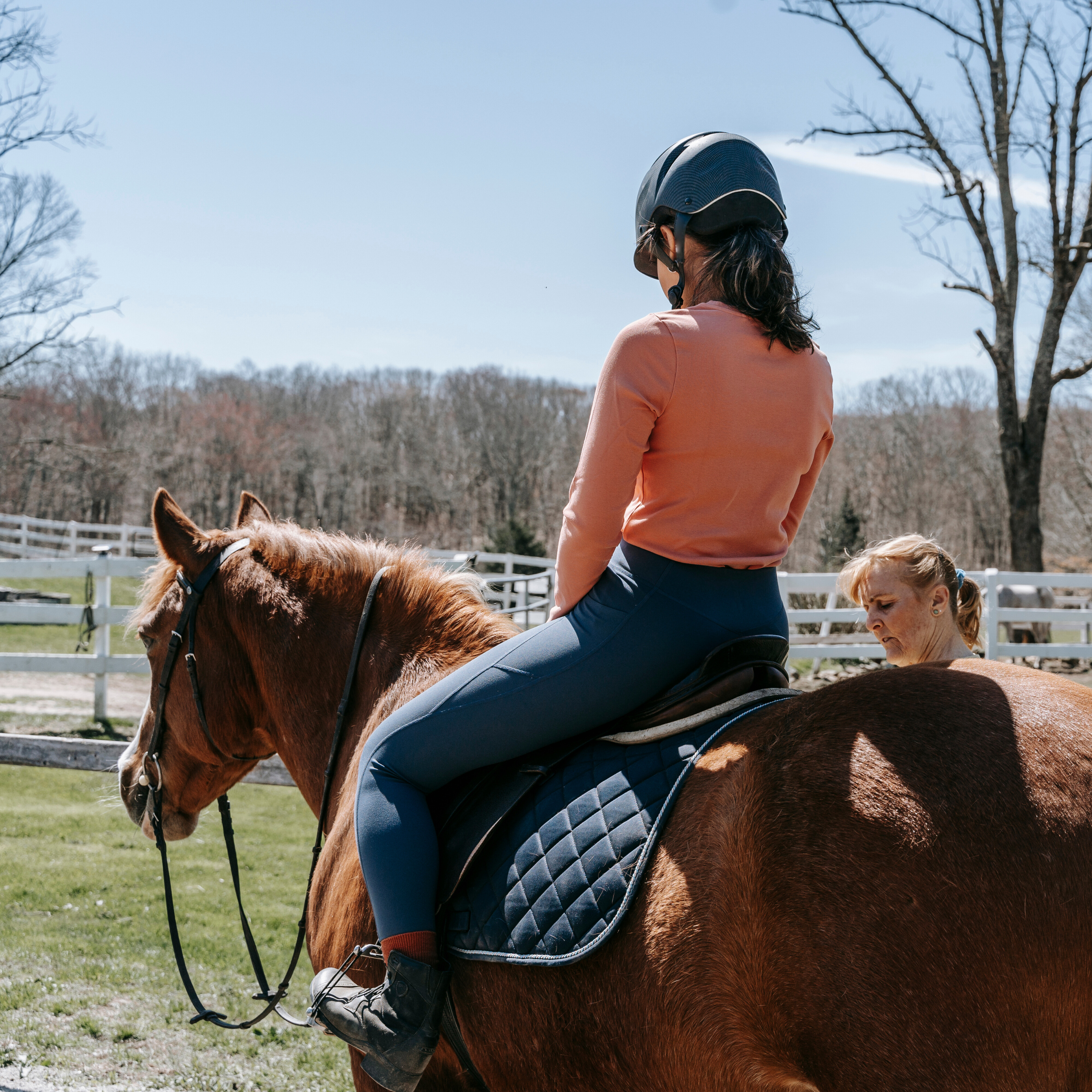
Listen to your instructor and follow stable rules closely. Riding programs are designed to keep both horse and rider safe, and small adjustments to posture, rein use, or leg position can make a big difference in control and communication. Never hesitate to ask questions if something feels unclear.
Check tack and equipment before every ride. Saddles, girths, and bridles should be properly fitted and secure, as loose or damaged gear can lead to accidents. If you’re unsure, ask an instructor or experienced rider to double-check your setup.
Be mindful of the environment. Outdoor riders should watch for uneven ground, slippery terrain, or low-hanging branches that could create hazards. In the arena, be aware of other riders’ space and maintain safe distances.
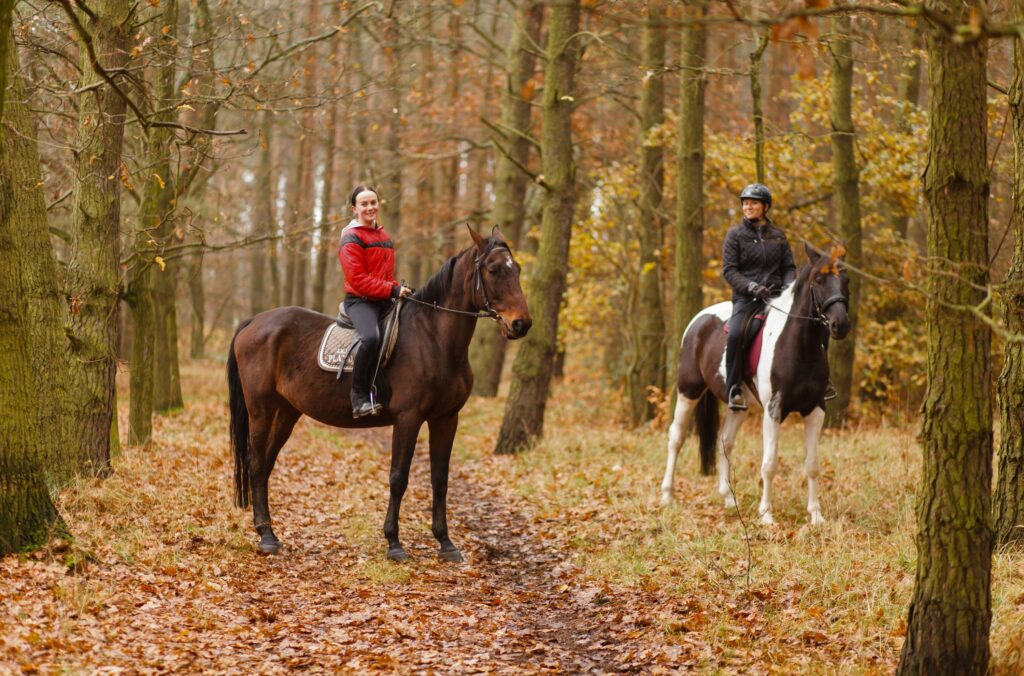
Finally, respect the horse. Horses are powerful animals, and safety comes from treating them with patience and consistency rather than force. By building trust and working within their comfort zone, you create a safer, more enjoyable experience for both rider and horse.
Final Thoughts
Horseback riding is more than a sport or pastime, it’s an experience that blends movement, nature, and partnership in a way few other activities can match. Every ride offers something different: the steady rhythm of a walk, the exhilaration of a gallop, or the quiet connection of simply being with a horse.
For beginners, the learning curve may feel challenging at first, but the rewards are worth the effort. With patience, practice, and respect for the animal, riding becomes not only a skill but also a source of joy, confidence, and calm.
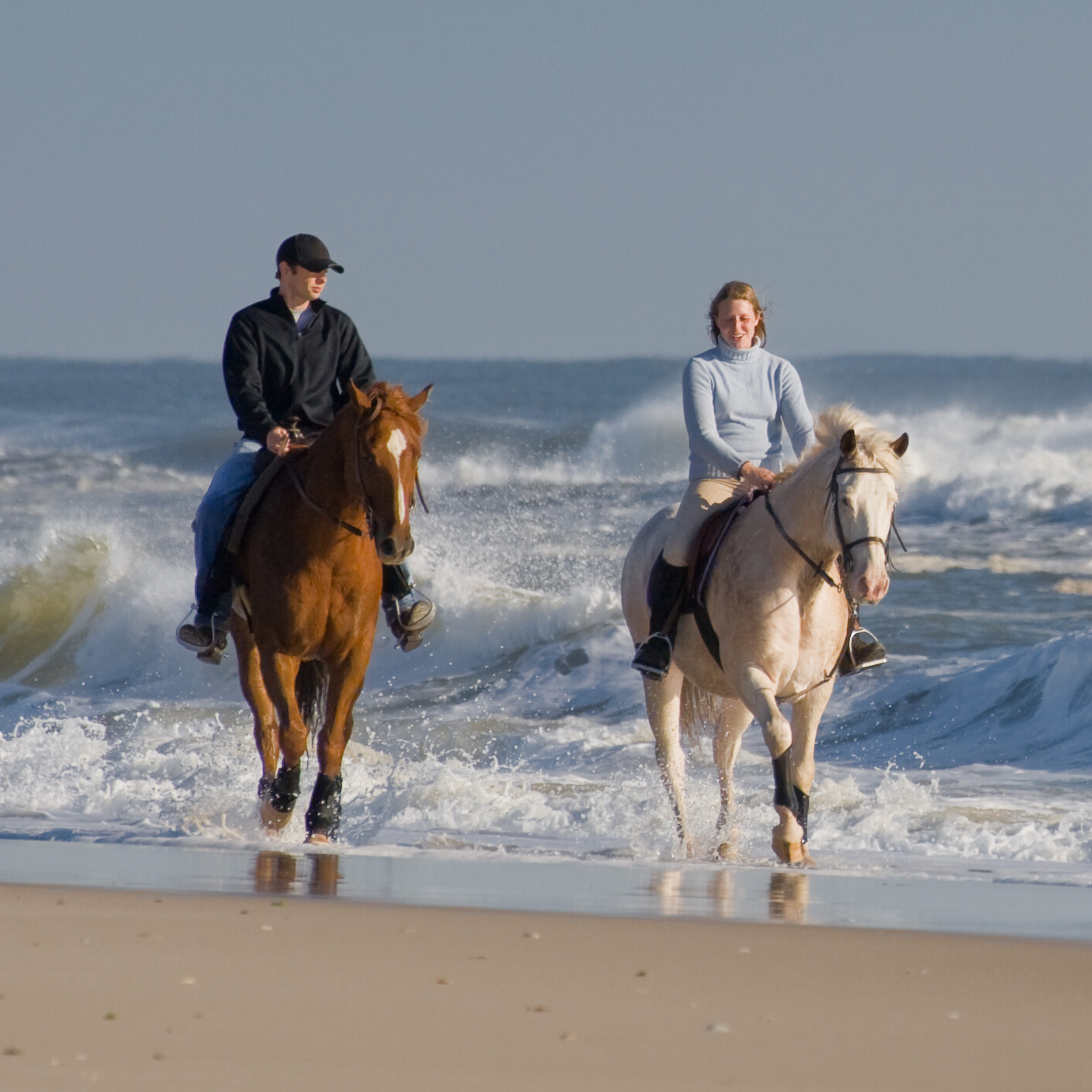
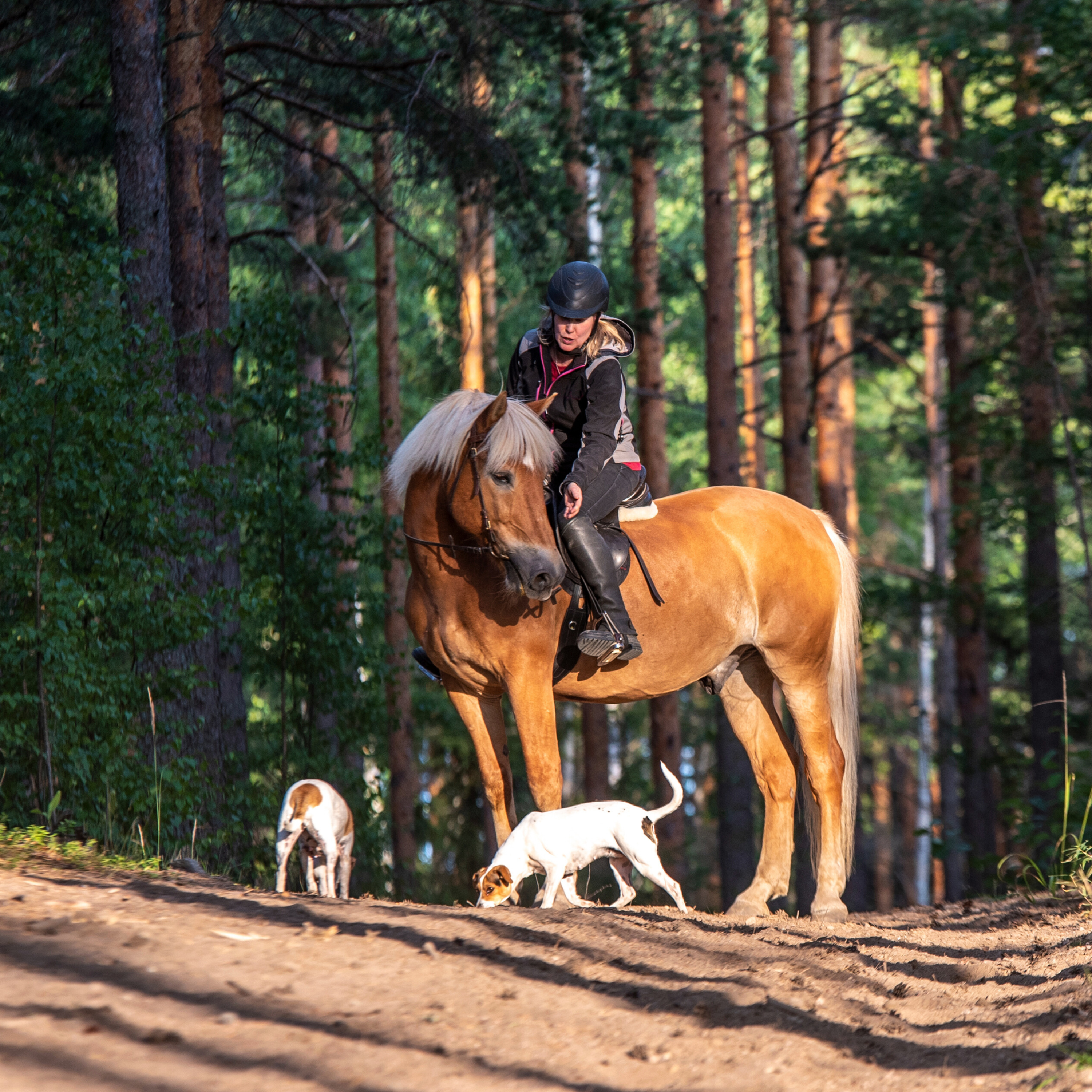
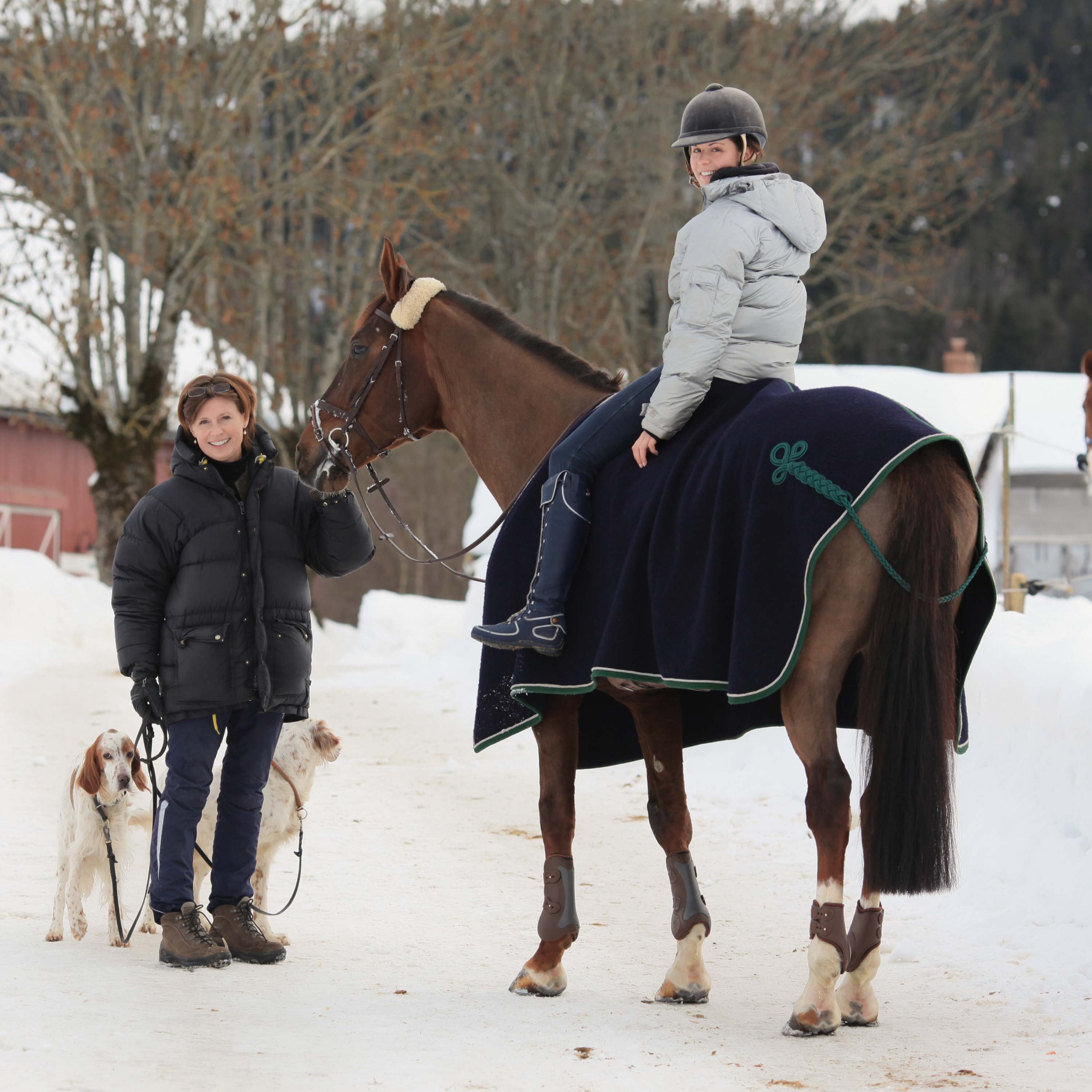
Whether you dream of leisurely trail rides, competing in equestrian sports, or simply spending time in the saddle, horseback riding has a place for everyone. The bond between horse and rider is truly unique—and once you experience it, you’ll understand why so many people consider time spent with horses among life’s greatest sparks.
Have you ever been horseback riding? Share your favorite trail or riding memory in the comments below!
Leave a Reply